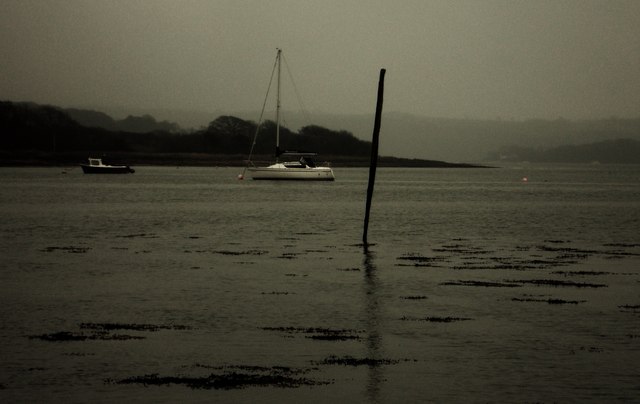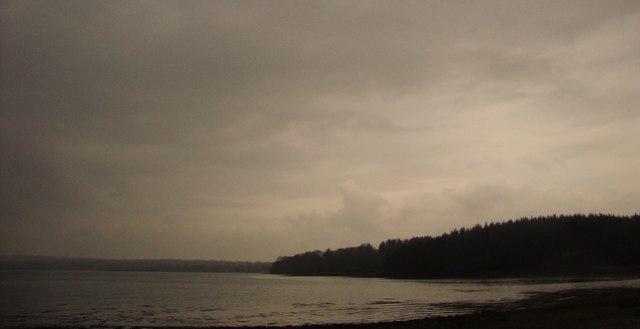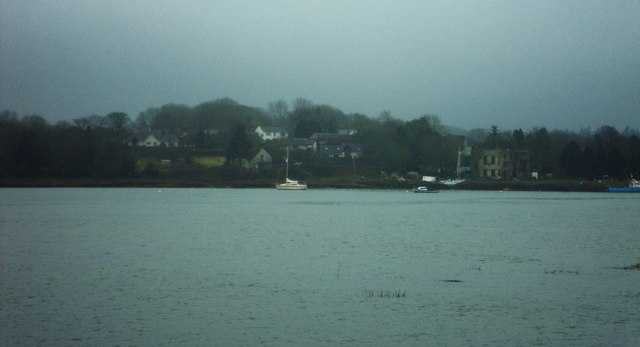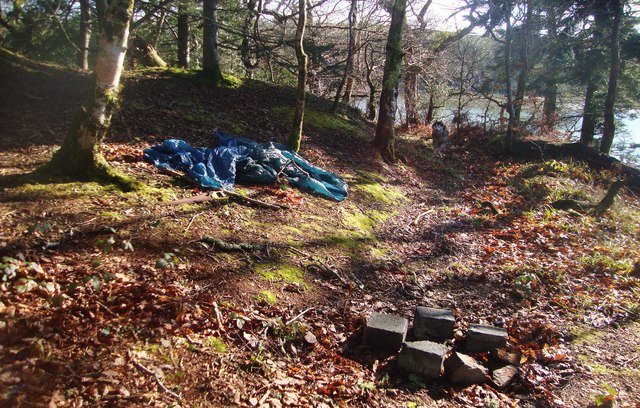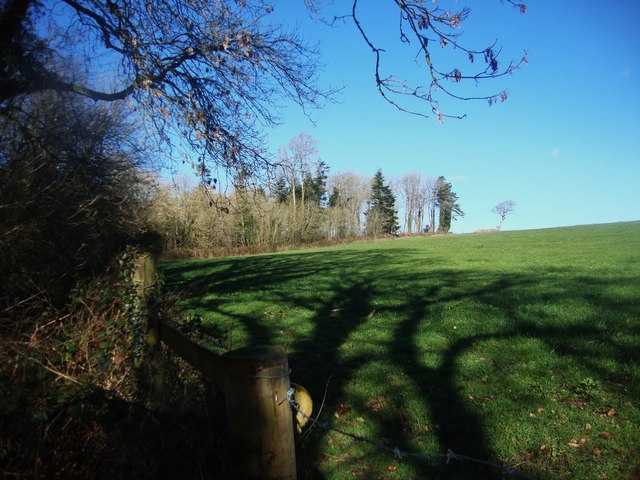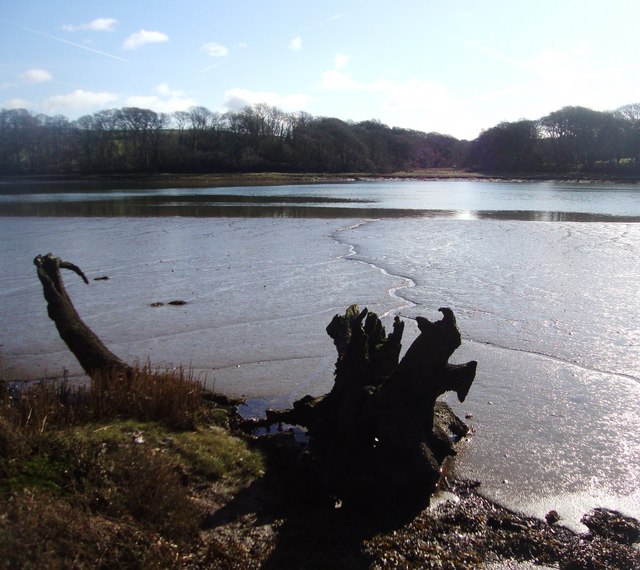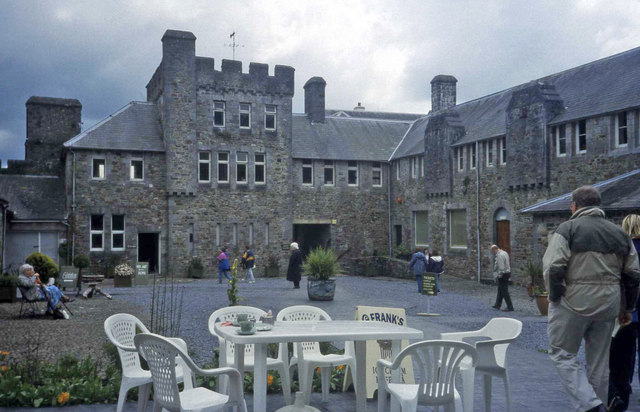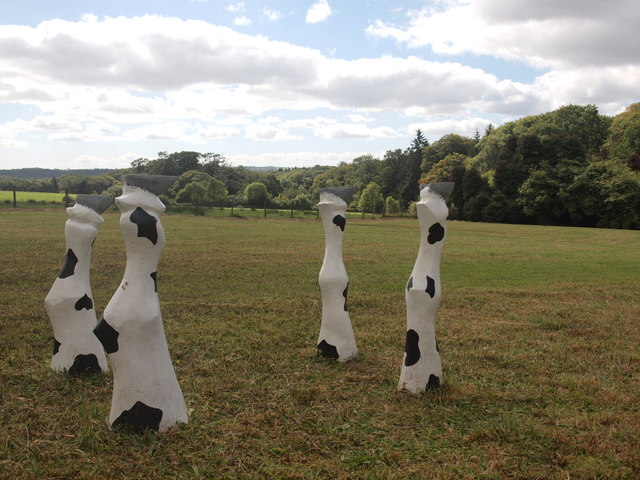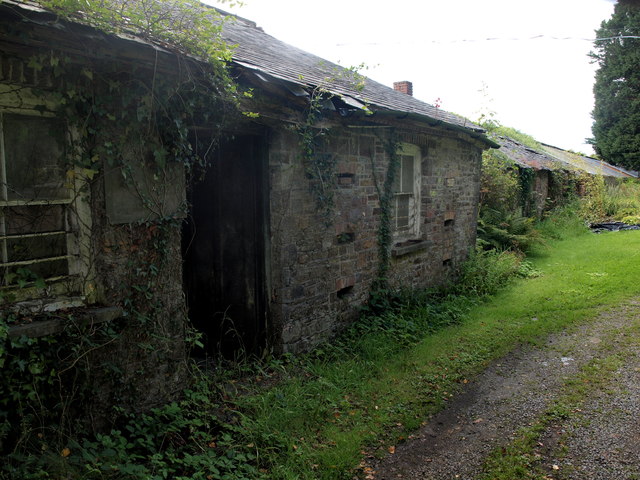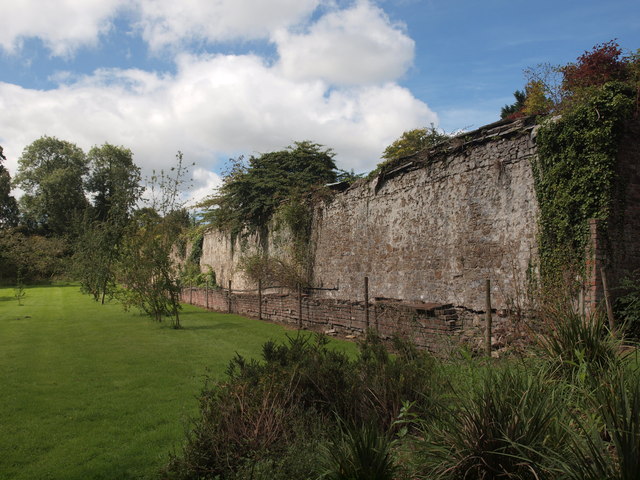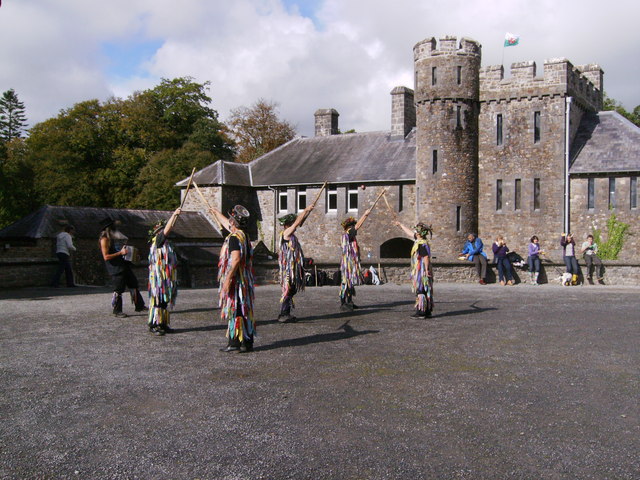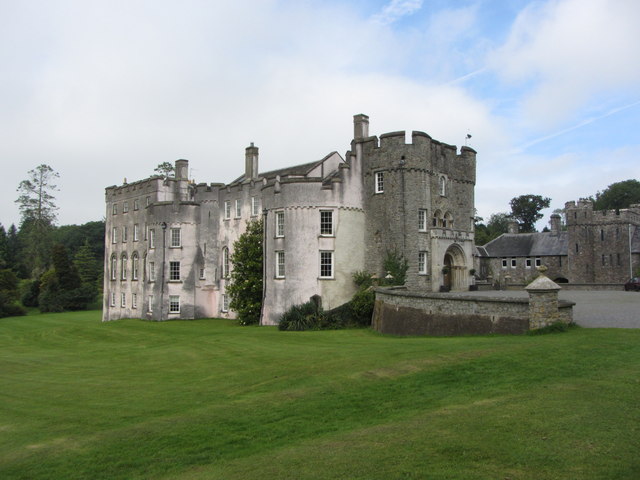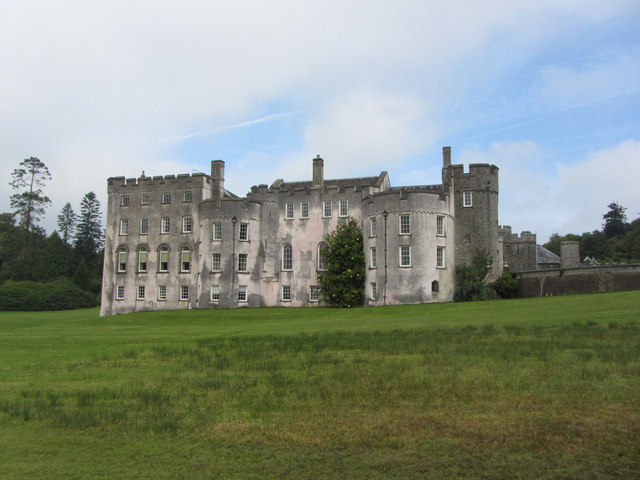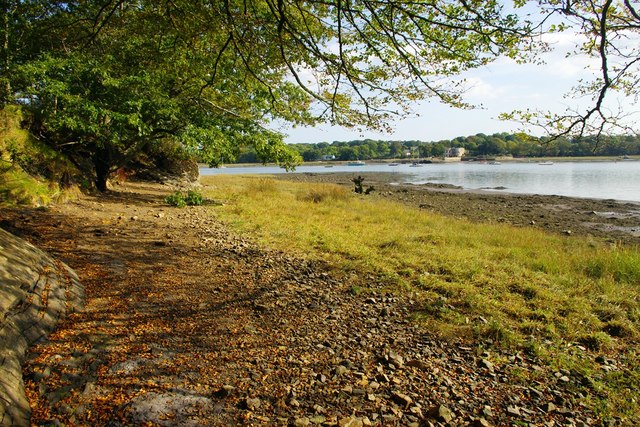Rigan Pill
Sea, Estuary, Creek in Pembrokeshire
Wales
Rigan Pill
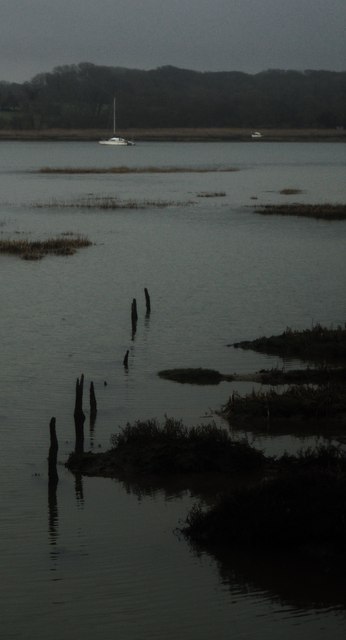
Rigan Pill is a picturesque and tranquil area located in Pembrokeshire, Wales. It is a coastal region that boasts a combination of sea, estuary, and creek, offering visitors a diverse and breathtaking natural landscape.
The sea at Rigan Pill is a sight to behold, with its crystal-clear waters and expansive views. The coastal area is dotted with stunning cliffs and rock formations, providing opportunities for scenic walks and birdwatching. The sea is also a haven for marine life, including seals, dolphins, and various species of fish, making it a popular spot for snorkeling and diving enthusiasts.
The estuary at Rigan Pill is formed by the confluence of the river and the sea, creating a unique ecosystem that supports a wide variety of plants and wildlife. The estuary is home to numerous bird species, including waders, ducks, and herons, making it a paradise for birdwatchers. The marshy areas surrounding the estuary are rich in biodiversity, with an abundance of wildflowers and grasses.
The creek at Rigan Pill is a narrow waterway that winds its way through the landscape. It is a peaceful and idyllic spot, perfect for kayaking and canoeing. The creek is also a popular fishing location, known for its abundance of trout and salmon.
Overall, Rigan Pill is a hidden gem in Pembrokeshire, offering visitors a chance to immerse themselves in the beauty of nature. Whether you're looking to relax on the beach, explore the estuary's wildlife, or enjoy water activities in the creek, Rigan Pill has something for everyone.
If you have any feedback on the listing, please let us know in the comments section below.
Rigan Pill Images
Images are sourced within 2km of 51.772086/-4.8725832 or Grid Reference SN0112. Thanks to Geograph Open Source API. All images are credited.
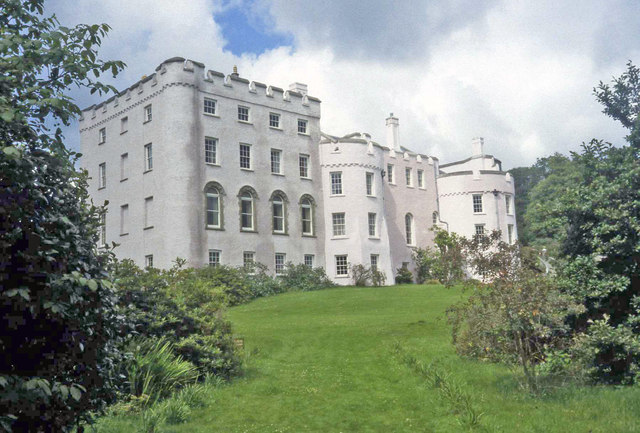
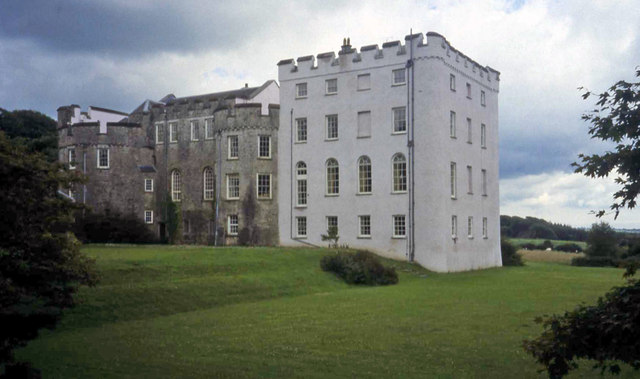
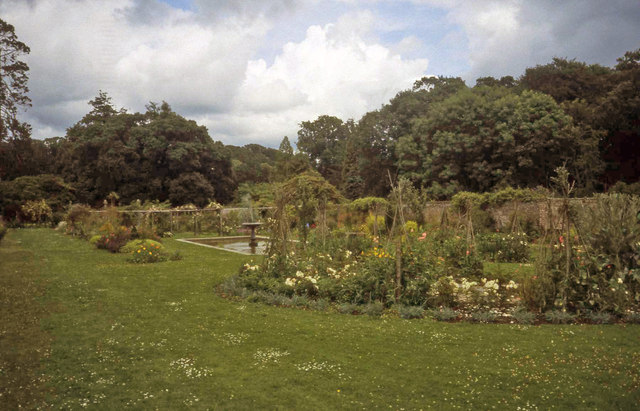
Rigan Pill is located at Grid Ref: SN0112 (Lat: 51.772086, Lng: -4.8725832)
Unitary Authority: Pembrokeshire
Police Authority: Dyfed Powys
What 3 Words
///steeped.animated.stooping. Near Llangwm, Pembrokeshire
Nearby Locations
Related Wikis
Big House, Landshipping
The Big House, also known as Landshipping House, is a historic house on the banks of the River Cleddau in Landshipping, Pembrokeshire, Wales. The house...
Martletwy (electoral ward)
Martletwy is the name of an electoral ward in Pembrokeshire, Wales. It is bordered to the west by the River Cleddau and includes three communities within...
Picton Castle
Picton Castle (Welsh: Castell Pictwn) is a medieval castle near Haverfordwest in the community of Uzmaston, Boulston and Slebech, Pembrokeshire, Wales...
Martletwy
Martletwy is a village, parish and community in the county of Pembrokeshire, Wales. == Description == Martletwy lies in south of the county, the nearest...
Minwear
Minwear is a former parish and village in the community of Martletwy, in the county of Pembrokeshire, Wales, on the Eastern Cleddau river, 4+1⁄2 miles...
Minwear Wood
Minwear Wood is a Site of Special Scientific Interest (or SSSI) in Pembrokeshire, South Wales. It has been designated as a Site of Special Scientific Interest...
Uzmaston, Boulston and Slebech
Uzmaston, Boulston and Slebech is a community in Pembrokeshire, Wales, which includes the villages of Uzmaston, Boulston and Slebech, and the Haverfordwest...
Slebech
Slebech was a community (prior to 1974, a civil parish) in Pembrokeshire, Wales, which is now part of the combined community of Uzmaston and Boulston and...
Have you been to Rigan Pill?
Leave your review of Rigan Pill below (or comments, questions and feedback).
